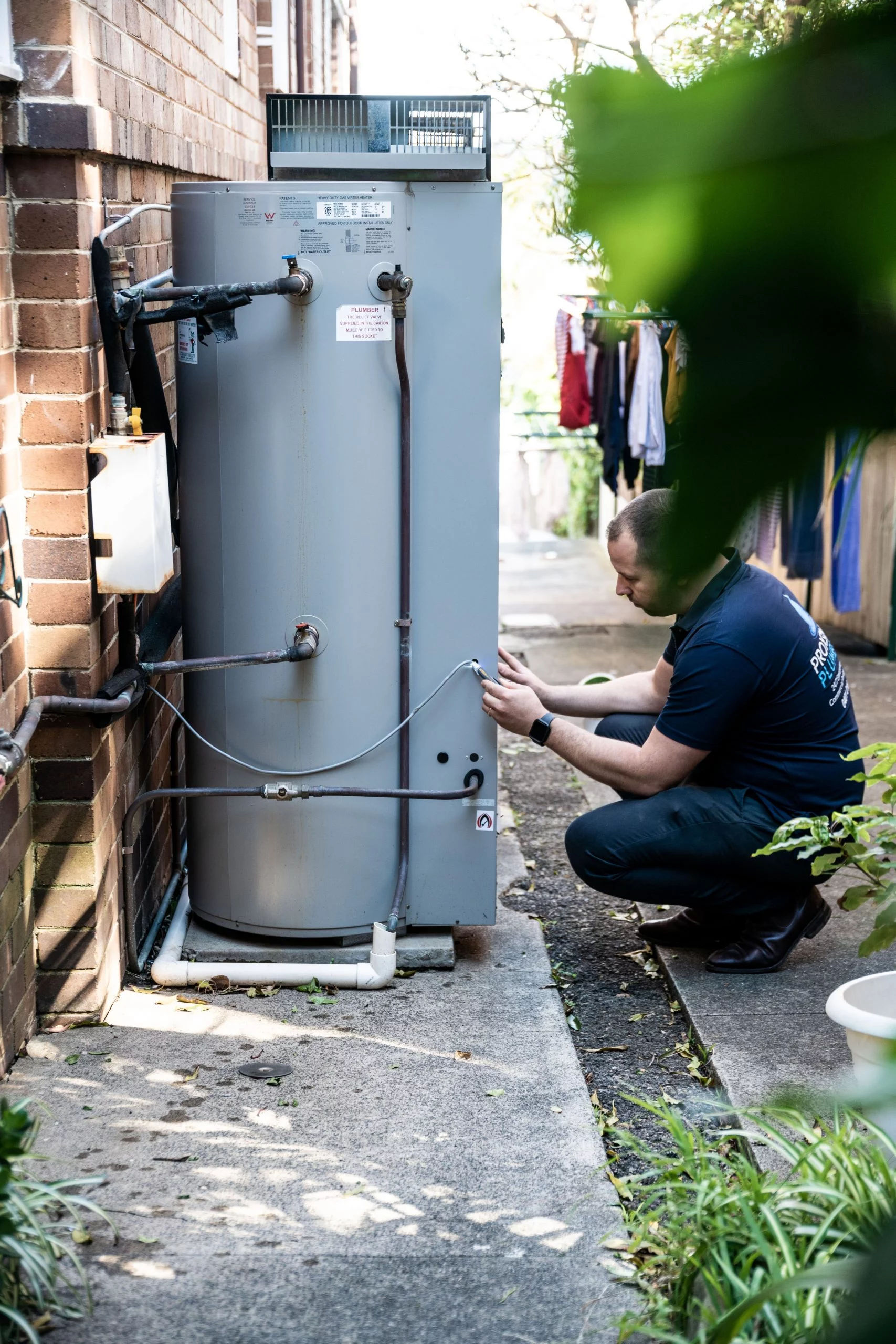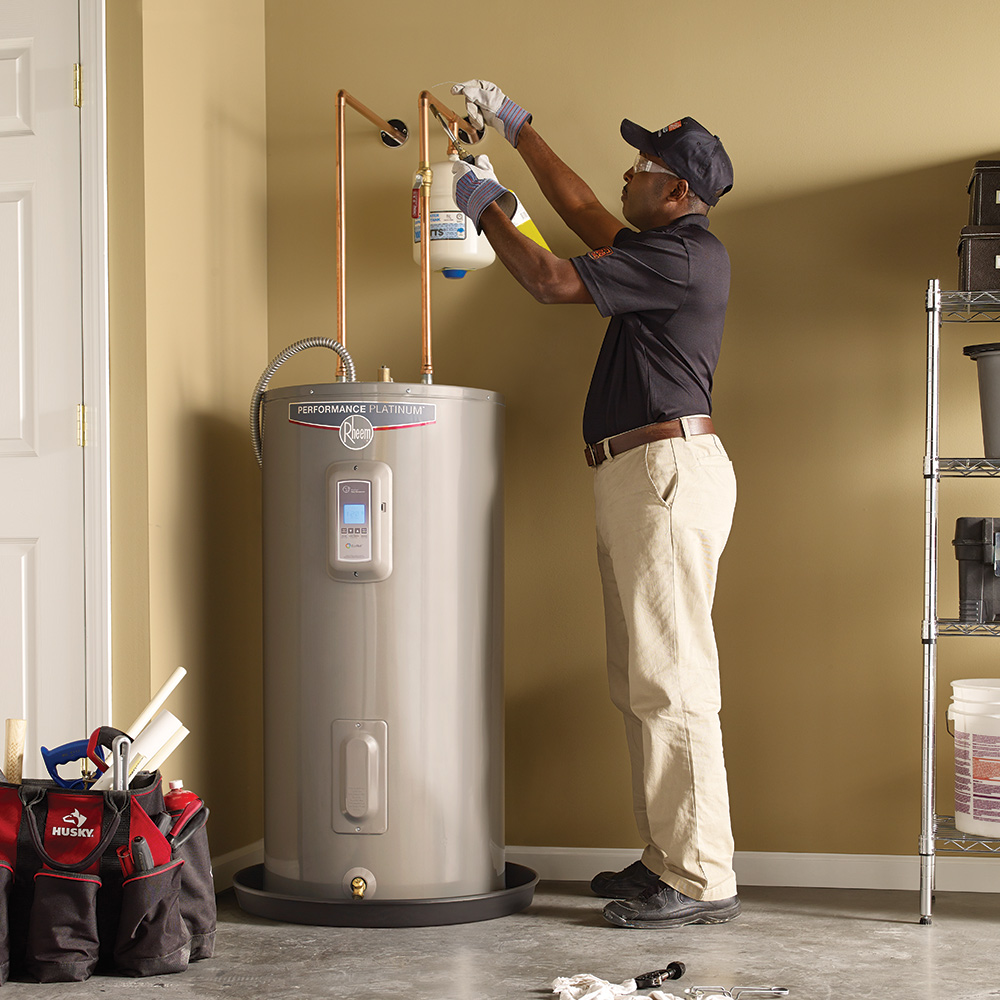How do you really feel in regards to Water Heater Maintenance Tips You Can't Afford to Forget?

Hot water is essential for daily convenience, whether it's for a revitalizing shower or cleaning meals. To ensure your warm water system runs effectively and lasts longer, normal upkeep is crucial. This post gives practical ideas and understandings on just how to keep your home's warm water system to prevent disturbances and pricey repairs.
Intro
Preserving your home's hot water system could appear difficult, but with a few simple actions, you can guarantee it operates efficiently for many years to come. This overview covers everything from understanding your warm water system to do it yourself maintenance suggestions and recognizing when to contact expert aid.
Value of Maintaining Your Warm Water System
Regular upkeep not only expands the life expectancy of your hot water system yet likewise ensures it runs effectively. Overlooking maintenance can result in decreased effectiveness, greater power bills, and even early failure of the system.
Indications Your Warm Water System Requirements Upkeep
Knowing when your hot water system needs attention can stop significant issues. Look out for indicators such as inconsistent water temperature, odd noises from the heating unit, or rustic water.
Comprehending Your Hot Water System
Prior to diving right into maintenance jobs, it's useful to recognize the basic parts of your hot water system. Normally, this consists of the water heater itself, pipelines, anode poles, and temperature level controls.
Month-to-month Maintenance Tasks
Routine regular monthly checks can aid catch minor problems prior to they intensify.
Purging the Hot Water Heater
Flushing your water heater eliminates debris build-up, improving effectiveness and lengthening its life.
Monitoring and Replacing Anode Rods
Anode rods stop deterioration inside the container. Checking and changing them when broken is essential.
Examining and Changing Temperature Level Setups
Adjusting the temperature settings makes sure optimum efficiency and safety and security.
Do It Yourself Tips for Upkeep
You can do a number of upkeep jobs on your own to maintain your warm water system in leading problem.
Looking for Leaks
Frequently evaluate pipelines and links for leakages, as these can bring about water damages and higher expenses.
Checking Stress Alleviation Valves
Evaluating the pressure relief valve guarantees it operates appropriately and protects against extreme pressure buildup.
Insulating Pipelines
Protecting hot water pipes lowers warmth loss and can conserve energy.
When to Call a Professional
While DIY upkeep is beneficial, some concerns need expert knowledge.
Complex Problems Requiring Specialist Assistance
Examples consist of significant leaks, electric troubles, or if your hot water heater is regularly underperforming.
Routine Specialist Maintenance Benefits
Specialist maintenance can include detailed evaluations, tune-ups, and making certain conformity with safety standards.
Verdict
Routine maintenance of your home's warm water system is necessary for efficiency, durability, and price financial savings. By following these tips and knowing when to look for expert assistance, you can guarantee a trustworthy supply of hot water without unanticipated interruptions.
Water Heater Maintenance Tips
Test the TPR Valve
Shut off the power and the cold-water supply valve. Place a bucket under the pipe connected to the temperature-pressure-release (TPR) valve on the top or side of the tank. (This valve opens if the tank pressure gets too high.) Lift the valve’s tab to let some water out, then let go. If water keeps flowing, drain the tank partway, unscrew the old valve with a pipe wrench, and install a new one. Check the Anode Rod
Put a hose to the tank’s drain cock and let out a few gallons of water. Now fit a 1 1/16-inch socket onto the rod’s hex head on top of the heater (or under its top plate) and unscrew the rod. If it’s less than ½ inch thick or coated with calcium, buy a new one, wrap its threads with Teflon tape, put it back in the tank, and tighten securely. Use this segmented rod if headroom above the tank is limited. Drain the Tank and Wash Out Sediment
Drain the remaining water in the tank into the bucket, then stir up the sediment on the tank’s bottom by briefly opening the cold-water supply valve. Drain and repeat until clean water comes out of the hose. Close the drain cock, refill the tank, and turn its power back on. Adjust the Temperature
Find the temperature dial on the side of the tank and unscrew its cover. Adjust the dial to 120 degrees using a flathead screwdriver. For every 10 degrees the temperature is lowered, you can expect to save up to 5 percent in energy costs. Turn the water heater off or the thermostat down to its lowest setting if you plan to be away from home for more than three days. Insulate the Pipes
Buy some self-sticking 3/8-inch-thick foam pipe insulation that matches the pipes’ diameter. Slide the foam over the hot-and cold-water pipes as far as you can reach. Insulating the cold-water pipe prevents condensation in summer. Peel the tape and squeeze the insulation closed. If the pipe is 6 inches or less from the flue, cover it with 1-inch-thick unfaced fiberglass pipe wrap. https://www.thisoldhouse.com/plumbing/21016402/how-to-maintain-a-water-heater

I ran across that blog posting on How to Maintain Your Water Heater & Prolong its Life when perusing the search engines. Please take the time to promote this content if you enjoyed reading it. Thank-you for taking the time to read it.
Click Here